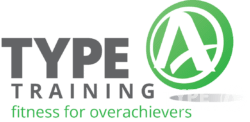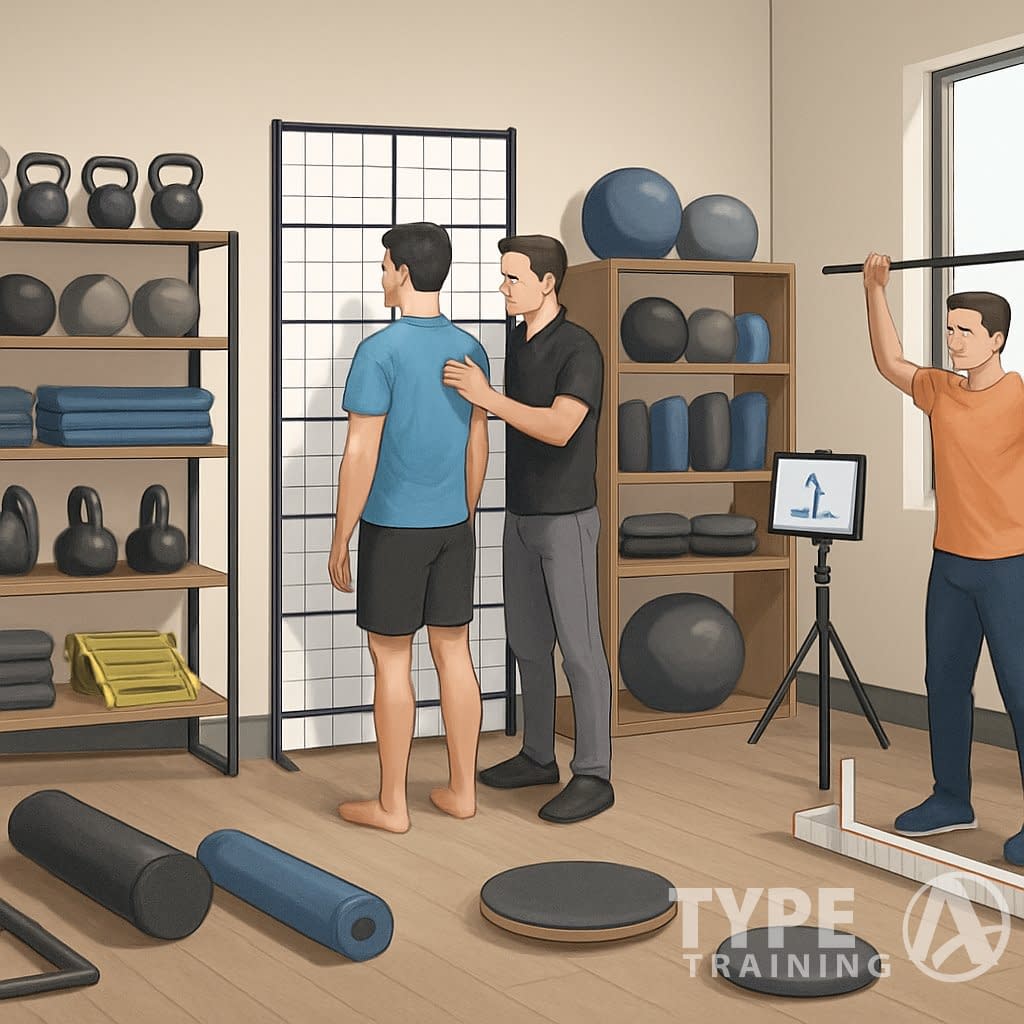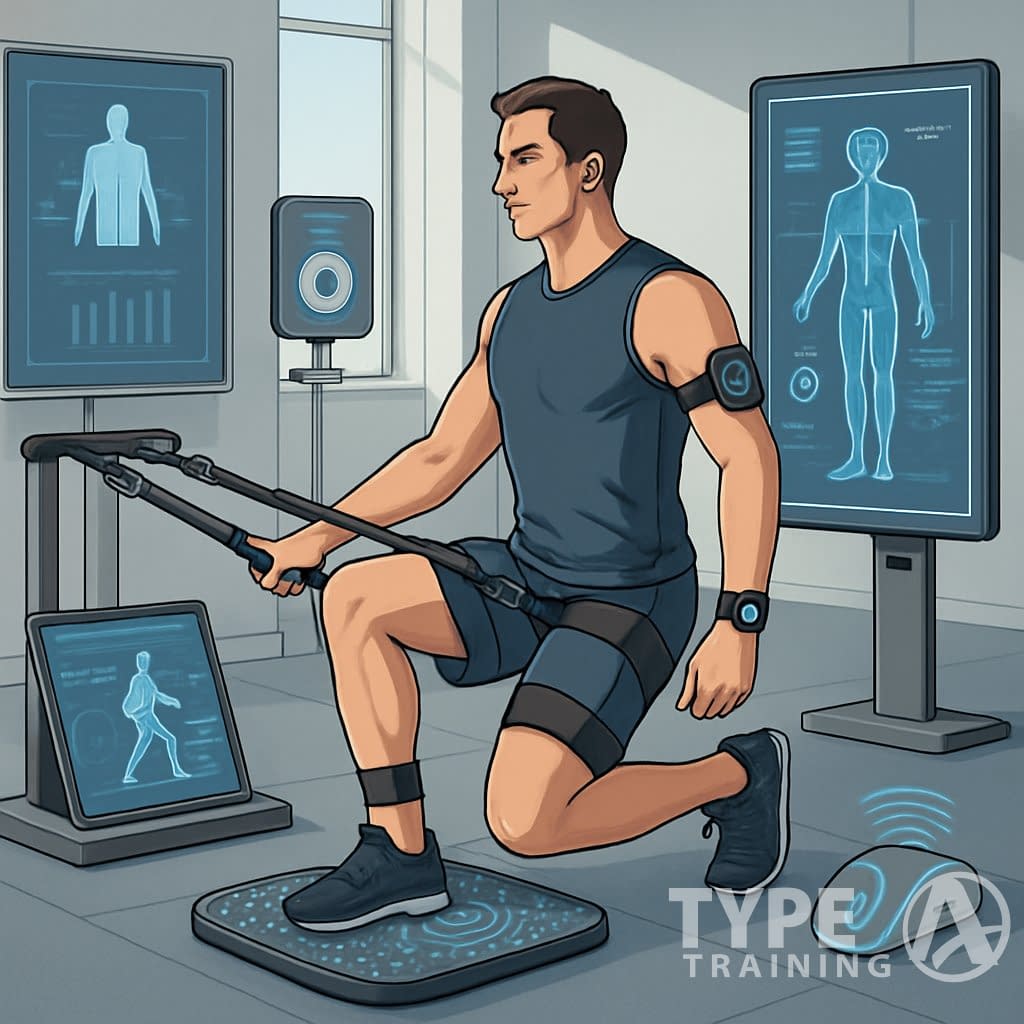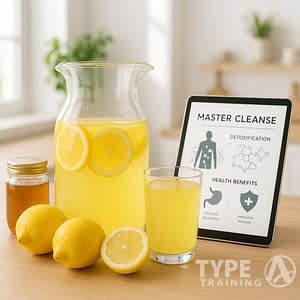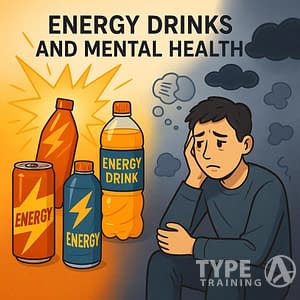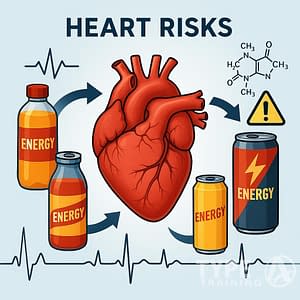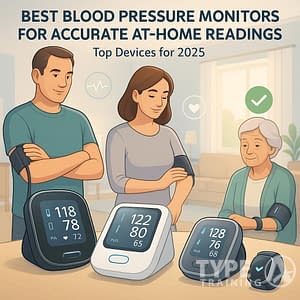Corrective exercise is pretty much a must-have for Manhattan professionals who deal with postural imbalances from endless desk hours and the grind of urban commuting. Whether your shoulders ache in Midtown or your back nags you in the Financial District, having the right tools can really change how you move and help ease that pain.
Using the right tools and equipment used in corrective exercise can greatly enhance your recovery and performance.
The most effective corrective exercise programs mix simple tools like resistance bands and foam rollers with specialized assessment equipment. This combo targets your unique movement issues and helps you move—and feel—better.
The tools and equipment used in corrective exercise are essential for effective movement training.
Popular posts:
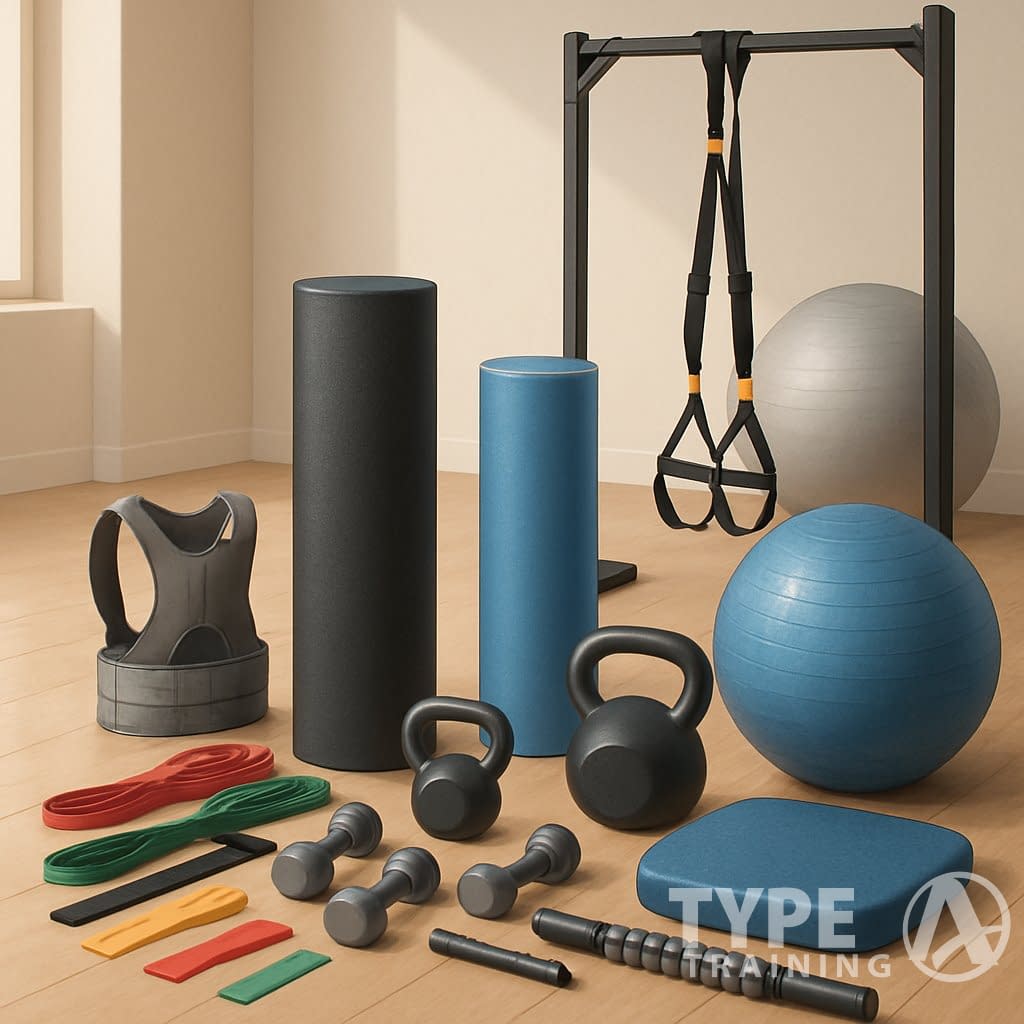
NYC’s corrective exercise specialists use everything from classic gear to high-tech gadgets. They’ll assess how you move and then create a plan just for you.
Basic resistance bands fit in your Chelsea apartment, while advanced tech can track your progress. The equipment used in corrective exercise runs the gamut from affordable home tools to pro-level assessment gear.
Whether you’re at home or in the gym, the tools and equipment used in corrective exercise can make a real difference.
Your results really hinge on picking the right mix of tools for your body and your lifestyle. Manhattan living often means small spaces—portable gear comes in clutch.
If you’re always on the go, you need tools that work fast and don’t take up much room. Knowing which tool matches which movement issue? That’s how you make smart choices about your exercise routine.
Key Takeaways
- Basic tools like resistance bands and foam rollers offer effective solutions for most movement issues.
- Advanced assessment equipment pinpoints specific imbalances and tracks your progress.
- Tech upgrades traditional corrective exercise by giving you real-time feedback and custom programming.
Tools and Equipment Used in Corrective Exercise
Understanding the tools and equipment used in corrective exercise will empower you to make better choices.
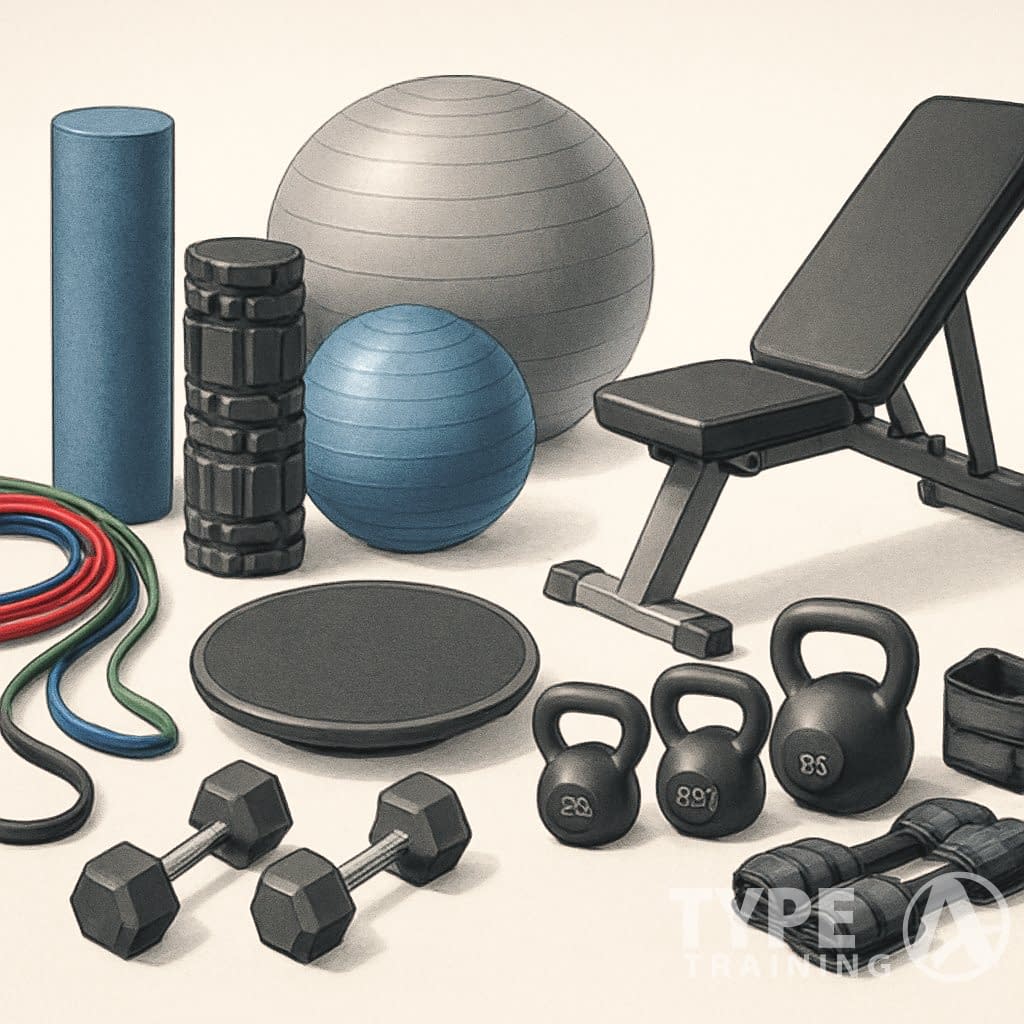
Pros in corrective exercise usually lean on three main types of tools. These help spot imbalances, restore better movement, and strengthen weak spots all over your body.
Choosing the right tools and equipment used in corrective exercise is vital for achieving your fitness goals.
Foam Rollers and Massage Devices
Foam rollers are the bread and butter of self-myofascial release. These simple cylinders break up muscle knots and help blood flow to tight spots.
Standard foam rollers are great for general muscle release. Most are about 36 inches long and 6 inches thick.
Textured rollers dig deeper into stubborn knots and trigger points. If you’re glued to a desk all day, foam rolling can really help with those trouble zones:
- IT band and hip flexors (thanks, sitting)
- Upper back and shoulders (hello, forward head posture)
- Calves and hamstrings (all that commuting adds up)
Lacrosse balls and massage balls are perfect for pinpointing specific trigger spots. Super portable—just toss one in your bag and you’re set.
For optimal results, familiarize yourself with the various tools and equipment used in corrective exercise.
Massage sticks give you more control over pressure. They’re awesome for shin splints and tight calves, especially if you spend half your day walking from meeting to meeting.
Resistance Bands and Tubing
Resistance bands are some of the most versatile tools out there. They give you variable resistance that matches your natural strength curve.
Loop bands are killer for glute and hip activation. They’re tiny, so you can keep one in your purse or briefcase—perfect for small NYC apartments.
Tube bands with handles let you work your whole body. Anchor one to a doorway and you’ve got a mini gym, no installation needed.
Flat therapy bands are the lightest option. Physical therapists love these for early rehab and shoulder work.
Bands make sense for Manhattanites because they:
- Take up almost no space
- Travel easily
- Offer smooth, joint-friendly resistance
- Cost way less than a gym membership
Mini bands really target hip muscles that get weak from too much sitting.
Balance and Stability Tools
Balance gear helps fix proprioception issues that can lead to injury. These tools challenge your sense of where your body is and fire up stabilizing muscles.
BOSU balls are half-dome trainers that work both ankle stability and core strength. The dome side is wobbly, the flat side is solid—both are useful.
Wobble boards focus on ankle proprioception. If you’re always dodging uneven sidewalks or subway stairs, these are super handy.
Many trainers recommend specific tools and equipment used in corrective exercise to enhance performance.
Stability discs are compact and easy to toss under your feet or hands to make any move less stable.
Balance pads give you a moderate challenge and are ideal if you’re tight on space.
Common NYC issues these tools help with:
- Ankle weakness (elevators much?)
- Core instability (thanks, desk jobs)
- Proprioception loss (not enough outdoor play)
Try single-leg moves on an unstable surface—your balance will thank you next time you’re weaving through a crowded sidewalk.
Specialized Equipment for Assessment and Progression
Utilizing the right tools and equipment used in corrective exercise can lead to improved mobility and strength.
Assessment tools help spot movement problems and keep tabs on your progress. Corrective exercise pros in Manhattan use these to get real data about muscle imbalances and flexibility restrictions that mess with your everyday life.
Muscle Testing Devices
Handheld dynamometers measure exactly how much force your muscles can crank out. They help your corrective exercise specialist figure out which muscles are slacking, especially if you’re hunched over a laptop all day.
Manual muscle testing scales rank strength from 0 to 5. Trainers track how you’re improving over time.
Isokinetic machines test muscle strength at different speeds. You’ll find these in rehab centers—they’re great for athletes and weekend warriors.
Grip strength meters show how strong your upper body is overall. Weak grip? That’s often a red flag for shoulder trouble, especially for folks typing all day.
EMG sensors reveal which muscles fire up during movement and which ones just sit back and watch. Your trainer can see what’s working (or not) in real time.
Mobility and Flexibility Measurement Tools
Goniometers measure joint angles. Super simple, surprisingly helpful for tracking how your shoulders, hips, or spine are moving.
Inclinometers check your spine’s range in every direction. Trainers use these to see how your back mobility improves after tackling those desk-job effects.
Sit-and-reach boxes measure hamstring and low back flexibility. If your score is low, odds are your hip flexors are tight from too much sitting.
Functional movement screens use specific tests to spot movement problems. Your specialist can then build a program just for you.
Range of motion apps on tablets make it easy to track progress and share results with your care team—handy when you’re bouncing around NYC.
Technology Integration in Corrective Exercise
Technology is changing the game for corrective exercise in Manhattan. Wearables and apps now give real-time feedback, helping busy New Yorkers keep their form in check and stick with their routines.
The integration of technology with the tools and equipment used in corrective exercise is revolutionizing training.
Wearable Fitness Trackers
Fitness trackers are a total game-changer. They monitor your posture, activity, and exercise form all day long.
For Manhattan pros, the perks include:
- Posture alerts when you’re slouching at your desk
- Movement nudges for those stuck in meetings all day
- Sleep tracking to help with recovery
Gadgets like the Apple Watch and Fitbit now buzz you if you slouch too long. That’s a lifesaver for anyone glued to a screen.
Digital health technologies help people with movement limitations get involved. The data lets your specialist tweak your program based on your real-life patterns.
Most trackers sync with phone apps to make handy movement reports. Your trainer can check your stats and spot trends, whether you’re in SoHo or Tribeca.
Exercise Programming Apps
Specialized apps put corrective exercise right in your pocket. You get custom workouts, movement checks, and progress tracking—all tailored to you.
App highlights:
- Video demos that show the right way to move
- Progress charts for strength and mobility
- Reminders so you don’t skip your routine
Linking fitness apps together makes the whole experience smoother. Apps like PostureScreen let trainers run assessments remotely.
Many NYC trainers assign “homework” via apps. You can access your plan from your West Village studio or while traveling. The apps even track if you’re keeping up.
Incorporating tools and equipment used in corrective exercise into your routine will ensure better outcomes.
For athletes, tech brings:
- Real-time movement feedback
- Instant form corrections
- Smarter, data-driven adjustments
These tools make it easier to stay on track—even if your day is a whirlwind of meetings and subway rides.
Incorporating Equipment into Strength Training and Athletic Performance
Many athletes rely on the tools and equipment used in corrective exercise to enhance their performance.
Choosing the right equipment can turn basic corrective moves into targeted strength training. The right gear lets you build progressive resistance and fix the movement issues that come with Manhattan’s always-on lifestyle.
Strength Training Equipment
Resistance bands are the backbone of corrective strength work. They give you resistance that matches your muscles’ natural strength curve.
Versatile resistance bands are perfect for Upper East Siders who want something portable. Use them for rotator cuff work, hip activation, or postural fixes—even in a tiny apartment.
Kettlebells add a dynamic twist. Their uneven weight makes your stabilizing muscles work overtime, which is great for busy pros who develop weird movement habits.
Adjustable dumbbells let you fine-tune your load without needing a full rack. They’re clutch for Tribeca folks with limited space.
Other key gear:
- Stability tools: Balls, BOSU trainers, balance pads
- Resistance devices: Bands, cables, suspension trainers
- Recovery tools: Foam rollers, massage balls, stretching straps
- Functional trainers: Medicine balls, sandbags, weighted vests
Sport-Specific Corrective Tools
Each sport has its own set of tools and equipment used in corrective exercise to cater to specific needs.
Agility ladders boost foot speed and coordination. If you play tennis or basketball, you’ll notice the difference.
Medicine balls build explosive power and reinforce good movement. They work in tons of rehab exercises for full-body strength.
Plyometric boxes help you nail jump technique and land safely. SoHo fitness fans love these for building power and cutting injury risk.
Weighted sleds get your whole body moving and build real-world strength. If you sit all day, these help wake up your backside.
Sport-specific ideas:
- Running: Bands for hip stability, foam rollers for IT bands
- Tennis: Rotational med ball work, shoulder stability gear
- Basketball: Plyo boxes, agility ladders
- Golf: Balance trainers, rotational resistance tools
Programming Strategies for Optimal Outcomes
Progressive overload totally applies to corrective exercise equipment. You start with light resistance and add more as your movement gets better.
Progressive overload with the right tools and equipment used in corrective exercise is crucial for success.
This approach fits Midtown pros bouncing back from injuries. It’s all about building up, not burning out.
Movement quality first—always. Your corrective exercise specialist should check your form with just bodyweight before tossing in equipment.
That way, you don’t end up with weird compensation patterns.
Periodization helps you plan your equipment use over different phases. Early on, you’ll probably use mobility tools like foam rollers and stretching straps.
Later, you’ll add resistance equipment for strength.
Integration strategies mix several tools in one session. Maybe you use resistance bands for activation, kettlebells for strength, and foam rollers for recovery.
This combo hits all the angles of movement dysfunction.
Programming details to keep in mind:
- Frequency: 2-3 sessions a week works best for most folks.
- Volume: Aim for 8-12 exercises per session, focusing on quality.
- Intensity: Go for moderate resistance—enough for 12-15 reps with good form.
- Recovery: Leave 48-72 hours between sessions that hit similar movement patterns.
Incorporating equipment into strength training really boosts functional strength. That’s a game-changer for West Village residents juggling busy jobs and active lives.
Understanding the tools and equipment used in corrective exercise will empower you to take control of your fitness.
Frequently Asked Questions
A lot of Manhattan professionals and NYC folks wonder about the best tools for corrective exercise. The right gear can seriously help with movement issues and posture problems that come with city living.
Many have questions about the best tools and equipment used in corrective exercise for their needs.
What equipment is essential for performing effective corrective exercises?
The must-haves for corrective exercise: resistance bands, foam rollers, and free weights. These cover most movement dysfunctions you’ll see in Manhattan’s fast-paced world.
The right tools and equipment used in corrective exercise can set the foundation for effective routines.
Resistance bands are clutch for Upper East Side pros working from home. They’re compact, easy to stash, and perfect for both apartments and offices.
Foam rollers help knock out muscle tension from long commutes and endless desk time. They’re especially good for hip and shoulder tightness, which seems to hit Chelsea and SoHo residents hard.
Free weights give you that progressive overload for building strength. Even a couple dumbbells do the trick in most Manhattan apartments.
Can you list some upper body corrective exercises that require minimal equipment?
Upper body corrective exercises with minimal gear target stuff like forward head posture and rounded shoulders. These are super common for Financial District and Tribeca professionals.
Band pull-aparts work your rhomboids and middle traps. Grab a resistance band and bang out 15-20 reps during your workday.
Wall slides are great for shoulder mobility and posture. Stand against a wall and slide your arms up and down, keeping contact the whole time.
Doorway chest stretches fight the effects of sitting too long. Hold each side for about 30 seconds to loosen up tight pecs.
Integrating the right tools and equipment used in corrective exercise can significantly impact your progress.
How important is the role of tools and equipment in delivering corrective exercise programs?
Tools and equipment definitely boost corrective exercise, but they’re not a replacement for good assessment and programming. Your Movement Assessment NYC specialist should dig into the root causes first.
Equipment gives you progressive resistance and real feedback. That’s motivating, especially for Manhattan folks looking to see progress.
The right gear lets you tweak exercises for your current fitness level. That’s huge for busy NYC pros who might not have the same energy every day.
Using a variety of tools and equipment used in corrective exercise can keep your workouts interesting.
Quality tools keep things safe. You want to avoid injuries and build confidence as you move forward.
What are the most recommended certifications for professionals teaching corrective exercise?
NASM Corrective Exercise Specialist (CES) is a big one in NYC gyms. It covers movement assessment and corrective programming.
ISSA’s Corrective Exercise Specialist cert is also solid, with a big focus on injury prevention. A lot of Manhattan trainers have this one.
Functional Movement Screen (FMS) certification teaches screening techniques. That’s key for spotting dysfunctions in West Village and Chelsea clients.
If you’re picking a Corrective Exercise Specialist in Manhattan, check their credentials and see if they keep up with industry trends.
Choosing a corrective exercise specialist with knowledge of the tools and equipment used in corrective exercise is important.
What tools can be used to enhance the effectiveness of corrective exercises for rehabilitation?
BOSU balls and wobble boards are awesome for balance and proprioception. They’re especially good for ankle and knee rehab, which a lot of NYC runners need.
Resistance bands give you variable resistance through the whole movement. That makes them great for strengthening muscles around injured joints.
Incorporating the right tools and equipment used in corrective exercise can enhance rehabilitation efforts.
Foam rollers and massage balls break up soft tissue restrictions. Manhattan residents use them to manage muscle tension between sessions with their Injury Prevention Specialist.
Stability balls really challenge your core during exercises. Better core control helps cut down on compensation patterns.
Which pieces of equipment should fitness blogs suggest for those starting corrective exercise routines at home?
Start your journey with essential tools and equipment used in corrective exercise for best results.
Start with a set of resistance bands in multiple resistances. They barely take up any space in your Manhattan apartment, and you can use them for tons of different exercises.
Add a foam roller for self-massage and muscle release. I usually go for a medium-density roller since it works for most people and muscle groups.
Include a yoga mat for floor exercises and stretching routines. It adds some much-needed cushioning and keeps you steady during your Posture Correction Manhattan program.
Including the right tools and equipment used in corrective exercise in your routine can aid recovery.
If you’ve got a bit of room, consider adjustable dumbbells. They give you progressive resistance training without hogging precious NYC space.
A lacrosse ball works wonders for trigger point release. Just toss it in your gym bag or even your desk drawer—super convenient.
Learning how to properly use the tools and equipment used in corrective exercise is crucial for effectiveness.
